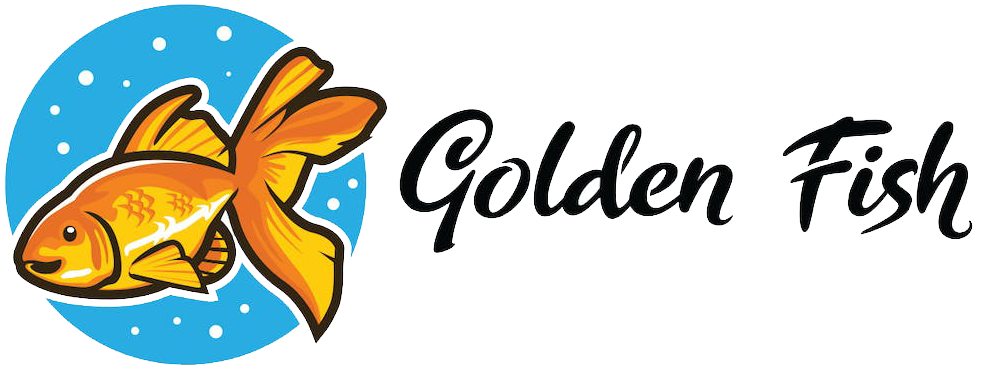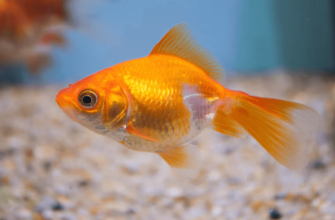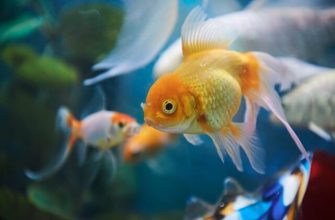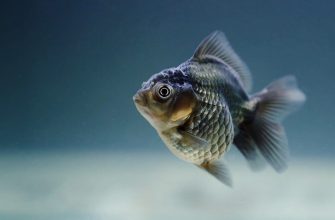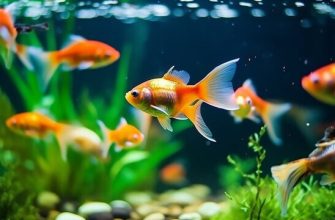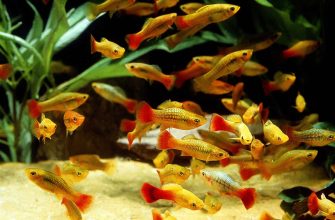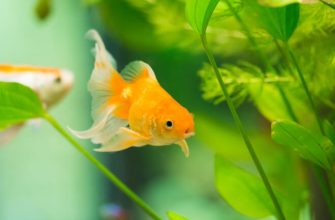Goldfish (Carassius auratus) have a long history of domestication, originating in ancient China over a thousand years ago from wild crucian carp. Buddhist monks in China were the first to domesticate and breed goldfish, recognizing their beauty and color variations. Through trade along the Silk Road, goldfish spread to Japan in the 16th century and to Europe and beyond by the 1700s. Over centuries of selective breeding, goldfish evolved from drab brown carp into the colorful, fancy varieties kept as pets today.
In captivity, goldfish thrive on a varied omnivorous diet including plant and animal sources. Their staple foods consist of commercial fish pellets and flakes formulated to provide balanced nutrition. Goldfish owners also supplement with treats of vegetables, fruits, live foods, and occasional bits of meat for enrichment. Proper diet is key for goldfish health and long lifespan.
Natural Diet
Goldfish are omnivorous fish that eat a varied diet in their natural habitat. Goldfish feed on insect larvae, crustaceans like daphnia or brine shrimp, and aquatic plants. The Guardian notes that as a type of carp, goldfish would naturally eat insects, tadpoles, and other small critters.
In the wild, goldfish forage along the bottom and middle depths of their environment. They use their sucker-like mouths to suck up food sources like insect larvae, small crustaceans, fragments of plants, and algae. Their diet consists of both plant and animal matter, providing a balanced source of nutrients. Goldfish do not hunt larger prey, but are effective scavengers and opportunistic feeders. Their versatile diet allows them to thrive in lakes, ponds, and slow-moving rivers across Asia.
Staple Captive Diet
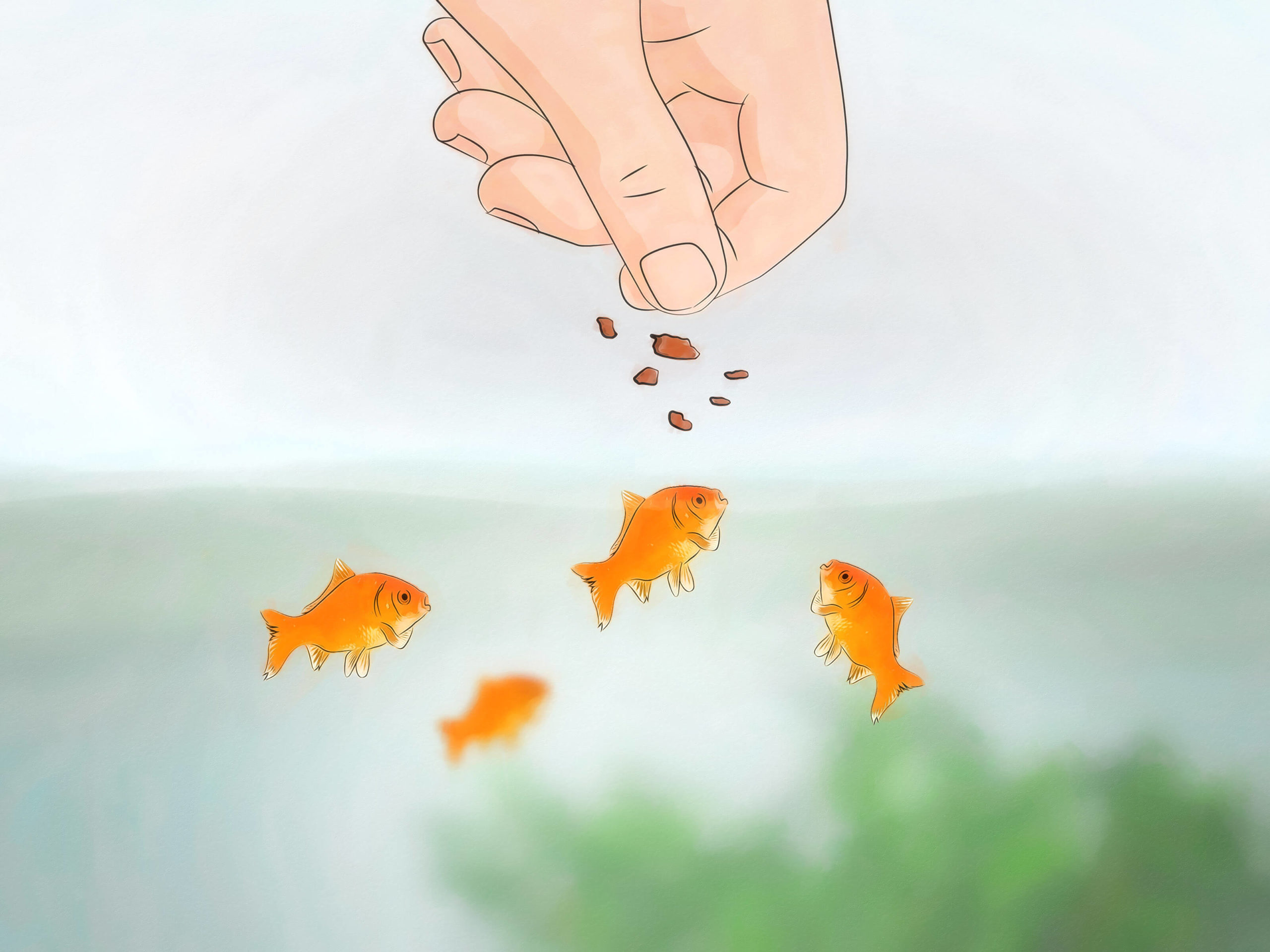
Goldfish kept in aquariums typically eat flake foods or pellets that are formulated for goldfish. These foods provide balanced nutrition with protein, fats, carbohydrates, vitamins and minerals.
Flake foods come in flakes that float on the water surface. They should be high quality and contain around 30-40% protein. Some good brands are Hikari Lionhead Goldfish Food and Omega One Goldfish Flakes.
Sinking pellets are another common goldfish food. They sink to the bottom where fancy goldfish can find and eat them. Look for pellets with similar protein levels to flakes. Hikari Fancy Goldfish Food and New Life Spectrum Goldfish Formula are excellent pellet options.
When feeding goldfish, only give them what they can consume within 2-3 minutes, 1-2 times per day. This prevents waste and contamination of the water. Observe if fish become bloated or constipated and adjust amounts accordingly.
Vegetables
Goldfish can eat a variety of vegetables as part of their diet. Some good options include lettuce, spinach, and peas.
Lettuce such as romaine is a great choice. It contains vitamins A, K, and C. Romaine lettuce also provides some fiber. Feed lettuce leaves one at a time, removing any uneaten portions to prevent fouling the water.
Spinach is another nutritious option. It is high in iron, vitamins, and minerals. However, feed spinach in moderation as it can cause loose bowel movements if overfed. Blanch the spinach first to soften it up.
Peas are a good way to add some plant-based protein to a goldfish’s diet. Thaw frozen peas and feed a few at a time. Remove any uneaten peas to keep the water clean.
Overall, vegetables provide beneficial vitamins, minerals, and fiber. Offer a variety for balanced nutrition. Remove uneaten portions promptly and feed vegetables only in small amounts to prevent water quality issues.
Fruits
Goldfish can eat small amounts of certain fruits as treats. Fruits provide carbohydrates, vitamins and minerals. However, they should be fed in moderation due to their high sugar content.
Some fruits that are safe for goldfish include:
-
Oranges: Oranges are safe for goldfish if peeled and seeded first. The flesh provides vitamin C. Only feed small amounts occasionally.
-
Melons: Watermelon, cantaloupe and honeydew melon provide hydration and nutrients. Remove rinds and seeds first and feed sparingly.
-
Apples: Apples are a great occasional treat for goldfish. Core and peel the apples, then chop or mash into small pieces before feeding.
Fruits should compose no more than 10% of a goldfish’s diet. Feed no more than once or twice a week as too much sugar can cause digestive issues. Thoroughly wash fruits and remove any inedible parts before feeding to goldfish.
Meat and Fish
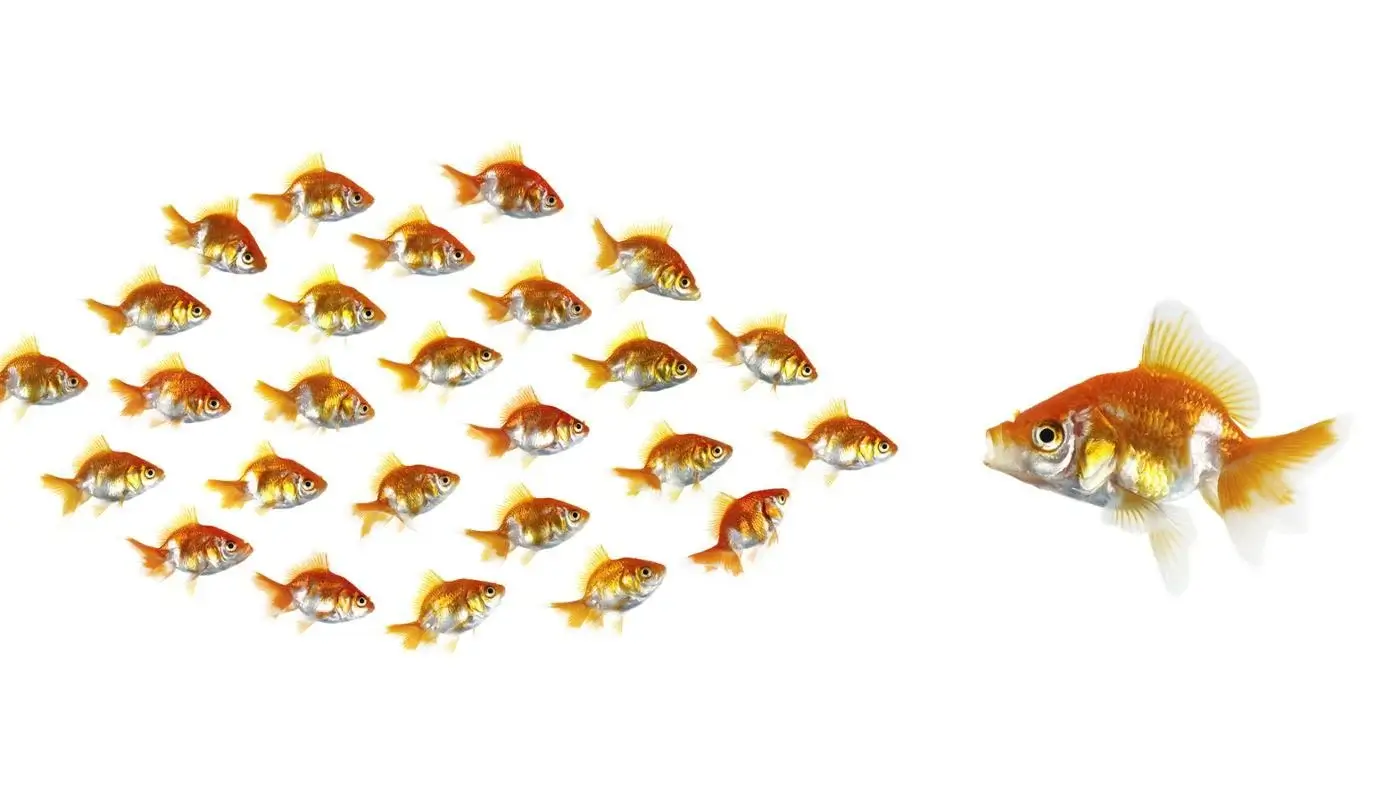
Goldfish will eat meat and fish as part of their diet. According to Pet Place, goldfish are omnivores and can eat almost anything, including meat. Some good meat and fish options for goldfish include shrimp and bloodworms.
Shrimp can make a nutritious treat for goldfish. Make sure the shrimp is unseasoned and thoroughly cooked. It should be cut into bite-sized pieces for easy eating. Shrimp provides protein, omega-3 fatty acids, and other nutrients goldfish need.
Bloodworms are another excellent source of protein for goldfish. They make a tasty treat and provide stimulation through hunting behaviors. Freeze dried bloodworms are commonly fed, but live bloodworms can also be given in moderation. Soak freeze dried bloodworms before feeding to rehydrate them.
Dairy
Goldfish can eat small amounts of hard cheeses like cheddar or swiss in moderation as an occasional treat. The lactose and fat content in most cheeses is too high for goldfish to digest properly in large quantities. However, a small pinch of grated hard cheese a couple times a week will not harm them.
The calcium in cheese may even provide some nutritional benefits to develop strong bones and scales. Just be sure to only feed a tiny amount infrequently. Too much dairy can cause digestive issues and bloating in goldfish.
Nuts and Grains
Goldfish can eat some nuts and grains in moderation. Two that are safe for goldfish are cooked rice and quinoa.
Cooked rice should be fed sparingly, as the starch can negatively impact water quality. Make sure rice is thoroughly cooked and soft before feeding to goldfish. According to Aquarium Labs, “We should not feed rice unless we have absolutely no other choice. And even then, boiled rice is the only real option. Raw rice is far too hard…”. The Goldfish Tank also notes that rice should be soft and cooked before feeding to goldfish.
Quinoa is a nutritious whole grain that can be part of a varied goldfish diet. It should be rinsed and cooked thoroughly before feeding to goldfish. Only feed small amounts of quinoa occasionally as part of a balanced diet.
Herbs
Herbs can provide some additional nutrition and variety to a goldfish’s diet when fed in moderation.
Some herbs that are safe for goldfish include:
-
Small amounts of parsley can be given, as it contains vitamin C and calcium. However, feed parsley sparingly, as it can cause issues if overfed.
-
Small amounts of mint are also okay for goldfish. It provides vitamins A and C. Again, moderation is key, as too much can cause digestion issues.
Overall, herbs should only make up a very small part of a goldfish’s diet. They provide some added nutrition, but vegetables, fruits, and quality fish foods should make up the bulk of their feeding regimen.
Toxic Foods

Some human foods can be toxic to goldfish. Goldfish have different nutritional requirements and cannot properly digest certain foods. Feeding goldfish inappropriate foods can cause digestive issues, illness, or even death.
Chocolate
Chocolate contains theobromine and caffeine, which are toxic to fish. Even small amounts of chocolate can be fatal. The theobromine affects their nervous system, causing seizures and heart attacks. Never feed chocolate to goldfish.
Alcohol
Alcohol is highly toxic and can kill goldfish rapidly. The ethanol in alcoholic beverages can damage their gills and internal organs. Just a few drops of alcohol in the tank water is enough to be deadly.
Avocado
Avocado contains persin, which is a fungicidal toxin that can be lethal to goldfish. It affects their heart muscles, gills, and digestive system. Even just the avocado pit in the tank can be toxic, so avocados should be avoided.
